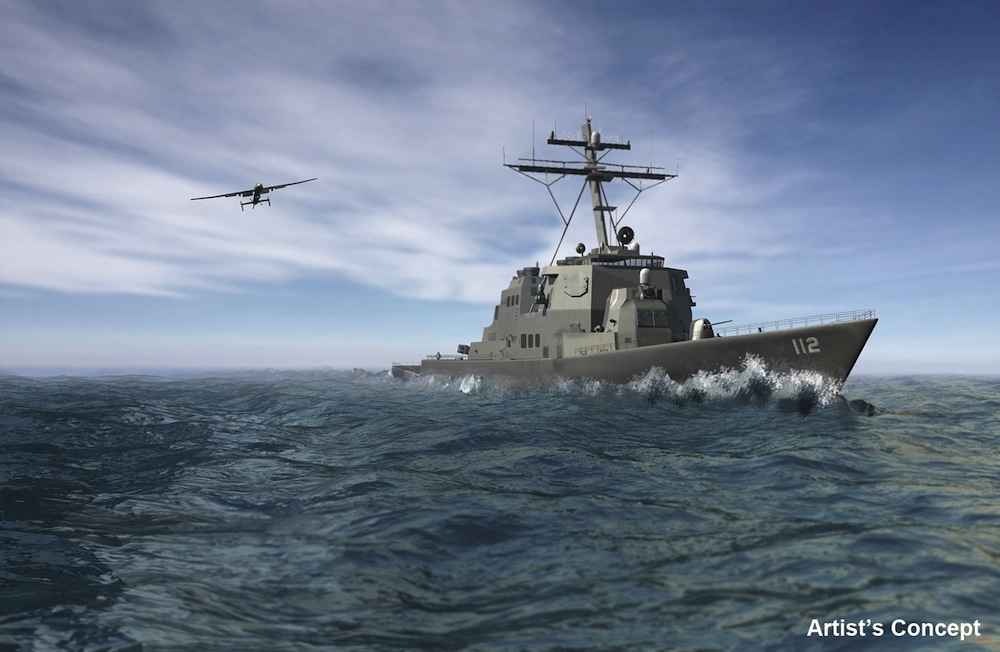US Navy Aims to Launch Spy Drones from Ships

The U.S. Navy and the Defense Advanced Research Projects Agency (DARPA) have signed an agreement to launch a program to develop long-range reconnaissance drones that would launch from ships.
The program is based on an existing DARPA program called TERN, short for Tactically Exploited Reconnaissance Node, which has been exploring concepts for unmanned aerial systems that could operate from smaller Navy vessels.
"This represents a new approach to providing long-range, long-endurance aircraft based off Navy ships," Gil Graff, TERN deputy program manager from the Office of Naval Research (ONR) in Arlington, Virginia, said in a statement. [Rise of the Drones: Photos of Unmanned Aircraft]
In modern warfare, the ability to strike mobile targets, or perform airborne surveillance and reconnaissance, has become critical, according to DARPA. However, current vehicles fall short in some regards — helicopters are limited by how long and how far they can fly, and existing manned and unmanned long-distance, fixed-wing aircraft require aircraft carriers or large land bases for takeoff and landing.
As an alternative, the TERN program would use smaller ships to launch and recover medium-altitude, long-range drones. The goal is to enable a full-scale demonstration, at sea, of a prototype drone launched from a vessel roughly equivalent to an Arleigh Burke-class destroyer, DARPA officials said.
Arleigh Burke-class destroyers are roughly 505 feet (154 meters) long, and are typically equipped with a variety of anti-submarine and anti-aircraft missiles.
The TERN program's initial phases will focus on preliminary designs for the unmanned vehicles. Five drone-makers are under contract for the first phase of testing; one or more groups will advance to the second phase; and one will be selected to build a full-scale prototype for ground-based testing and, ultimately, an at-sea launch and recovery demonstration, according to DARPA.
Get the world’s most fascinating discoveries delivered straight to your inbox.
Agency officials say the TERN program could lead to future partnerships to develop new and cutting-edge military technologies.
"Ideally, this collaboration with ONR could serve as a model for similar agreements with all the Services for other DARPA programs, and help create breakthrough capabilities for military users," Daniel Patt, DARPA program manager for the TERN program, said in a statement.
Follow Tanya Lewis on Twitter and Google+. Follow us @livescience, Facebook & Google+. Original article on Live Science.

